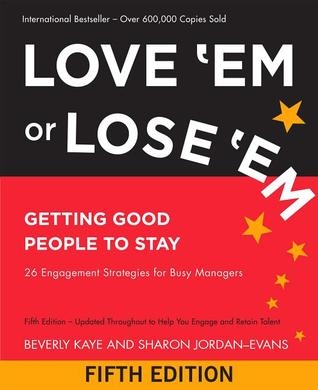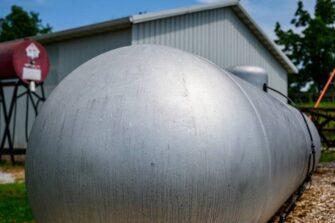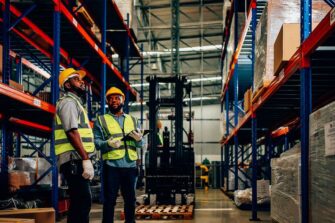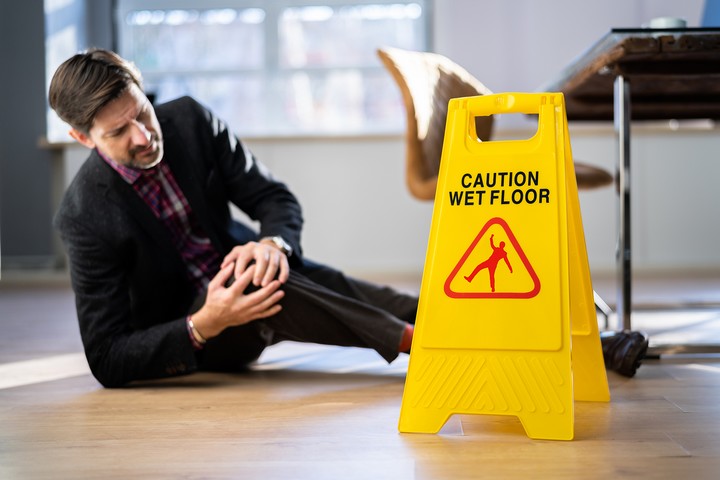
Accidents happen when you least expect them. They come with no warning and sometimes occur despite your best efforts to stay safe, primarily when you work in jobs that require a lot of physical labour or movement.
Anyone can fall in the workplace by walking up or down the stairs, climbing a ladder, or lifting equipment. Slips, trips, and falls can result in varying degrees of injury. Sometimes, if you’re lucky, you walk away with barely a scratch. Other times, luck might not be on your side as much.
Falling in the workplace can result in a few types of injuries. Scratches, bumps, and bruises are the most minor of these injuries. Other more severe injuries include cuts, fractures, and dislocations. Falling at work can also result in musculoskeletal injuries that affect your tendons, muscles, joints, spinal discs, and cartilage. Ouch!
Let’s learn about the different types of falls in the workplace.
Types of Falls in the Workplace
A fall can happen at any time and to anyone. The best way to stay prepared in the event it happens to you is to know the type of fall you experienced. The type of fall you experience will help you determine the compensation you will be entitled to. It’s best to consult a slip and fall lawyer for legal representation.
Generally, a workplace fall comes in three categories. The first is a single-level fall. The second is a lower-level fall, and the third is a swing fall.
Type #1: Single-Level Falls
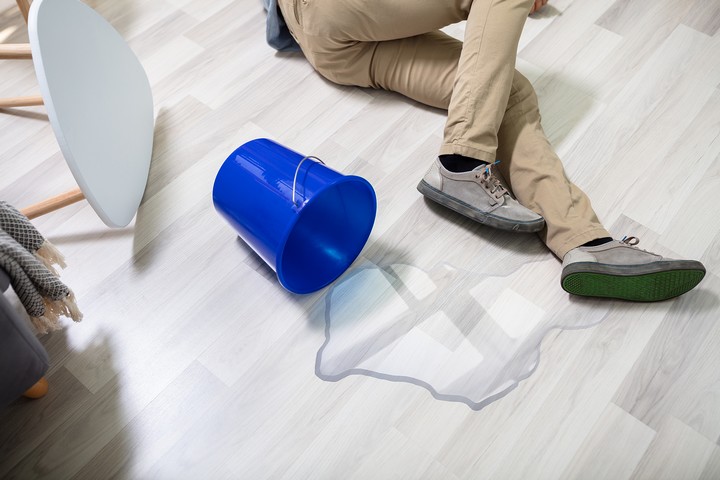
A single-level fall happens when the employee is on a single level when they accidentally slip, trip, or fall. There could be several reasons why this happens. The most common causes include uneven footpaths, an object that gets in the way, and you don’t notice until it’s too late.
Sometimes, it could be tripping and falling over because you missed a step or two. Or perhaps the pathway was slippery because it was wet or cold. Maybe you dropped something while you were walking and tripped over it before you could recover.
There could be so many reasons why a single-level fall happens. The best way to avoid this kind of fall is to always try and watch your step as best you can. It is also important to always ensure your pathway is clear before you start walking when you’re carrying heavy objects. If there are handrails available, use those to help you along, just to be extra safe.
Type #2: Lower-Level Falls
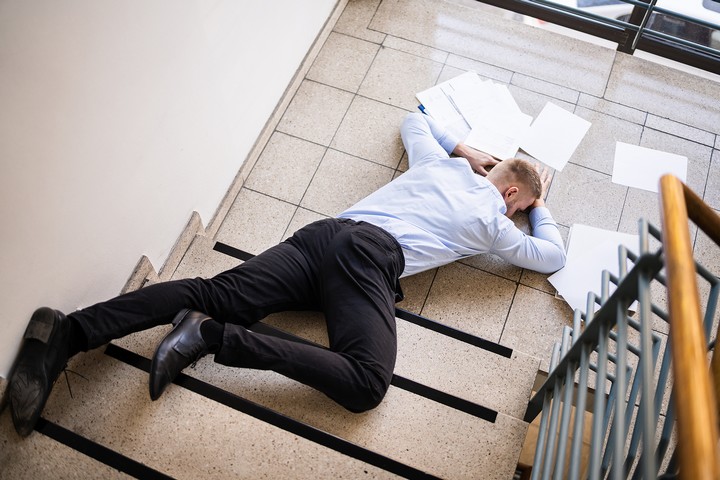
Falling from an elevated surface is classified as a lower-level fall. A fall from this level could result in serious injuries sustained from the fall. Lower-level falls could sometimes be fatal, depending on how bad the fall is. This would be the worst-case scenario.
Employees working in high-risk occupations are always encouraged to wear adequate protection to help minimize a lower-level fall injury. Falling four feet or more is considered a lower-level fall, and if you’re not properly attired, the risk of injury could be significantly worse.
Employers are also expected to provide a fall protection system to help minimize the risks of falls while a worker is on site. Examples of what a fall protection system might look like include a full-body harness secured to an anchorage point. Having such a system in place (depending on the nature of your work) will significantly minimize the risk of injuries sustained from a fall.
Type #3: Swing Falls
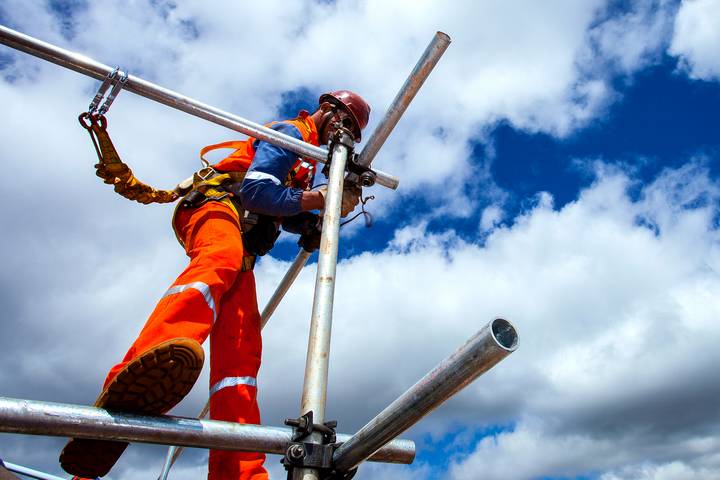
The final fall category is the swing fall. Now, this one is a pretty unique type of fall. A swing fall happens when a worker (while still attached to their fall arrest system) falls from an elevated platform. It is important to note a fall is categorized as such when the fall arrest system’s point is not positioned directly over the worker’s head when the fall happens.
Since the attachment point is not precisely positioned overhead, when the worker falls, the lanyard they are still attached to will cause them to swing back again toward the attachment point. You might think this is good since the worker will be somewhat protected if they are swinging on the harness.
Yes, they would be if this happened in an open space. However, employees usually work on top of an object most of the time. Thus, when they fall, colliding with the object is unavoidable. A fall like this would typically happen in an industrial setting.
Unfortunately, a fall like this could also be fatal. Serious injury or significant equipment damage is also a strong likelihood. To keep this kind of injury at bay, the best thing you can do is to always ensure that the attachment point stays overhead.





